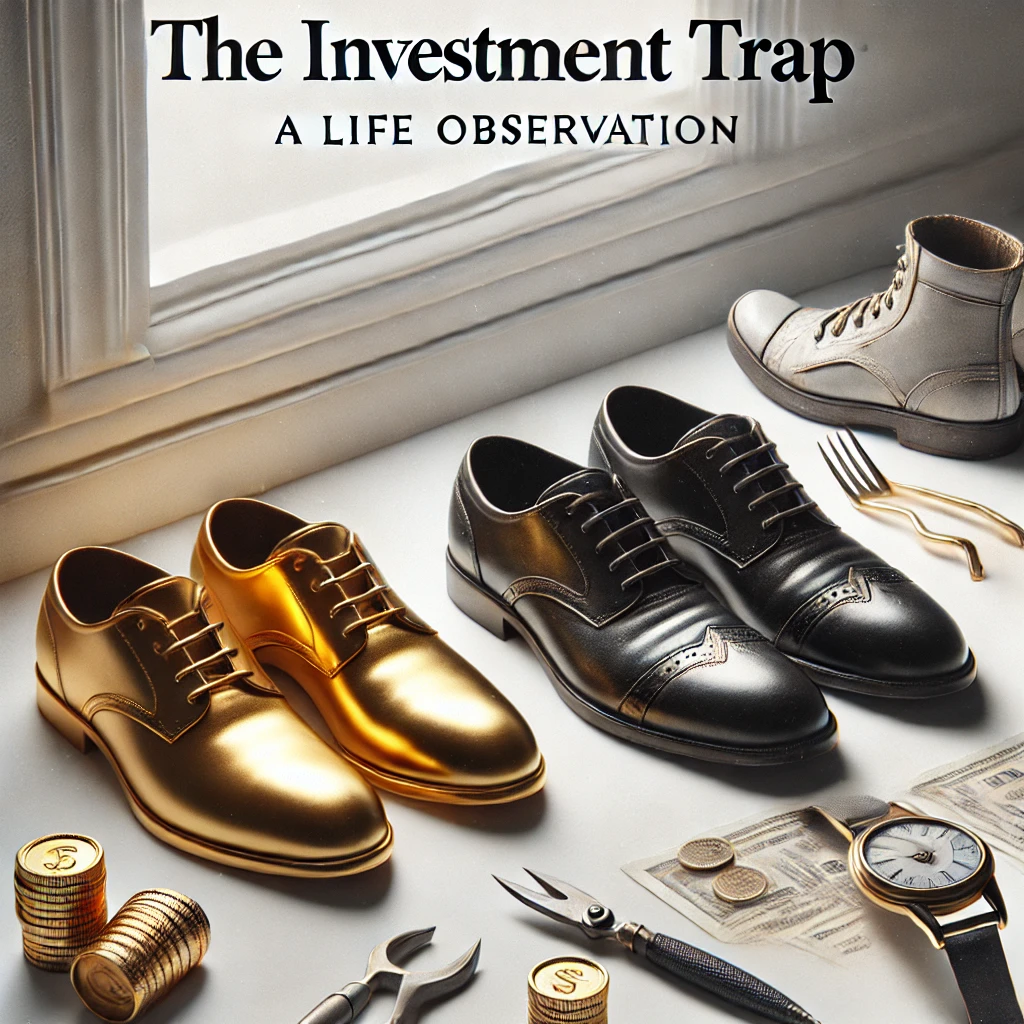1. Economic Indicators Summary
| Indicator | Q1 2024 | Q2 2024 | Q3 2024 | Q4 2024 | January 2025 | Source Link |
|---|---|---|---|---|---|---|
| GDP Growth Rate | 1.4% | 2.8% | 3.2% | 2.5% | Data not yet available | GDP Data |
| Industrial Production Total Index | 102.2 | 102.7 | 102.6 | 101.9 | Data not yet available | Industrial Production |
| Unemployment Rate | 4.0% | 4.1% | 4.2% | 4.3% | 4.0% | Unemployment Data |
| Inflation Rate | 3.1% | 2.9% | 2.7% | 2.6% | Data not yet available | Inflation Data |
| Manufacturing PMI | 46.5 | 47.1 | 48.3 | 49.1 | Data not yet available | Manufacturing PMI |
Note: Some data for January 2025 are not yet available.
2. Detailed Analysis
Unemployment Rate
- January 2025: 4.0%
- Analysis: In January 2025, the unemployment rate decreased to 4.0% from 4.3% in December 2024, indicating a potential improvement in the labor market. AP News
Inflation Rate
- January 2025: Data not yet available
- Analysis: The latest data for the inflation rate is not yet available.
Manufacturing PMI
- January 2025: Data not yet available
- Analysis: The latest data for the Manufacturing PMI is not yet available.
3. Phase Determination
Based on the available data, the economy is exhibiting characteristics of a Recovery Phase, with signs of stable but moderated growth.
4. Actionable Insights
- For Investors: Focus on sectors benefiting from recovery but prepare for potential slowdowns, such as healthcare and consumer staples.
- For Businesses: Monitor economic indicators closely to inform strategic decisions, considering both expansion opportunities and potential risks.
- For Policymakers: Continue to support policies that foster economic stability and growth, while being vigilant of inflationary pressures and labor market dynamics.
This analysis reflects the most recent data available as of February 11, 2025. Please note that some indicators are pending release and may affect future assessments.
Updated TFE MacroScore Coincident Signal Model Analysis (as of 7 January 2025)
1. Economic Indicators Summary
| Indicator | Q1 2024 | Q2 2024 | Q3 2024 | Q4 2024 | Current | 3 Month Returns | 1 Year Returns | Source Link |
|---|---|---|---|---|---|---|---|---|
| GDP Growth Rate | 1.4% | 2.8% | 3.2% | 2.5% | – | – | – | GDP Data |
| Industrial Production Total Index | 102.2 | 102.7 | 102.6 | 101.9 | – | -0.78% | 0.19% | Industrial Production |
| Unemployment Rate | 4.0% | 4.1% | 4.2% | 4.3% | 4.3% | – | – | Unemployment Data |
| Inflation Rate | 3.1% | 2.9% | 2.7% | 2.6% | 2.6% | – | – | Inflation Data |
| Manufacturing PMI | 46.5 | 47.1 | 48.3 | 49.1 | 49.1 | – | – | Manufacturing PMI |
2. Detailed Analysis
GDP Growth Rate
- Q1 2024: 1.4%
- Q2 2024: 2.8%
- Q3 2024: 3.2%
- Q4 2024: 2.5%
- Analysis: The GDP growth rate reflects robust growth during the mid-year, followed by moderate deceleration in Q4. This trend suggests that while the economy remains in recovery, growth is slowing slightly.
Industrial Production Total Index
- Q1 2024: 102.2
- Q2 2024: 102.7
- Q3 2024: 102.6
- Q4 2024: 101.9
- 3 Month Returns: -0.78%
- 1 Year Returns: 0.19%
- Analysis: Industrial production showed stability for most of the year but experienced a slight decline in Q4, potentially indicating cooling demand or production issues.
Unemployment Rate
- Q1 2024: 4.0%
- Q2 2024: 4.1%
- Q3 2024: 4.2%
- Q4 2024: 4.3%
- Current: 4.3%
- Analysis: The gradual increase in unemployment rates over 2024 reflects a potential cooling of the labor market, aligning with slower GDP growth.
Inflation Rate
- Q1 2024: 3.1%
- Q2 2024: 2.9%
- Q3 2024: 2.7%
- Q4 2024: 2.6%
- Current: 2.6%
- Analysis: Inflation has steadily declined throughout 2024, approaching the Federal Reserve’s target of 2%, suggesting easing price pressures.
Manufacturing PMI
- Q1 2024: 46.5
- Q2 2024: 47.1
- Q3 2024: 48.3
- Q4 2024: 49.1
- Current: 49.1
- Analysis: The Manufacturing PMI improved steadily over 2024 but remains slightly below the expansion threshold of 50, indicating gradual recovery in the manufacturing sector.
3. Phase Determination
Based on the analysis:
- GDP Growth: Moderate, with slight deceleration in Q4.
- Industrial Production: Slight decline in Q4.
- Unemployment Rate: Gradual increase throughout the year.
- Inflation Rate: Consistent decline toward stability.
- Manufacturing PMI: Improving but below 50.
The economy is simulating a Recovery Phase, with signs of a stable but moderated pace of growth.
Actionable Insights
- Note For Investors: Focus on sectors benefiting from recovery but prepare for potential slowdown, such as healthcare and consumer staples.















